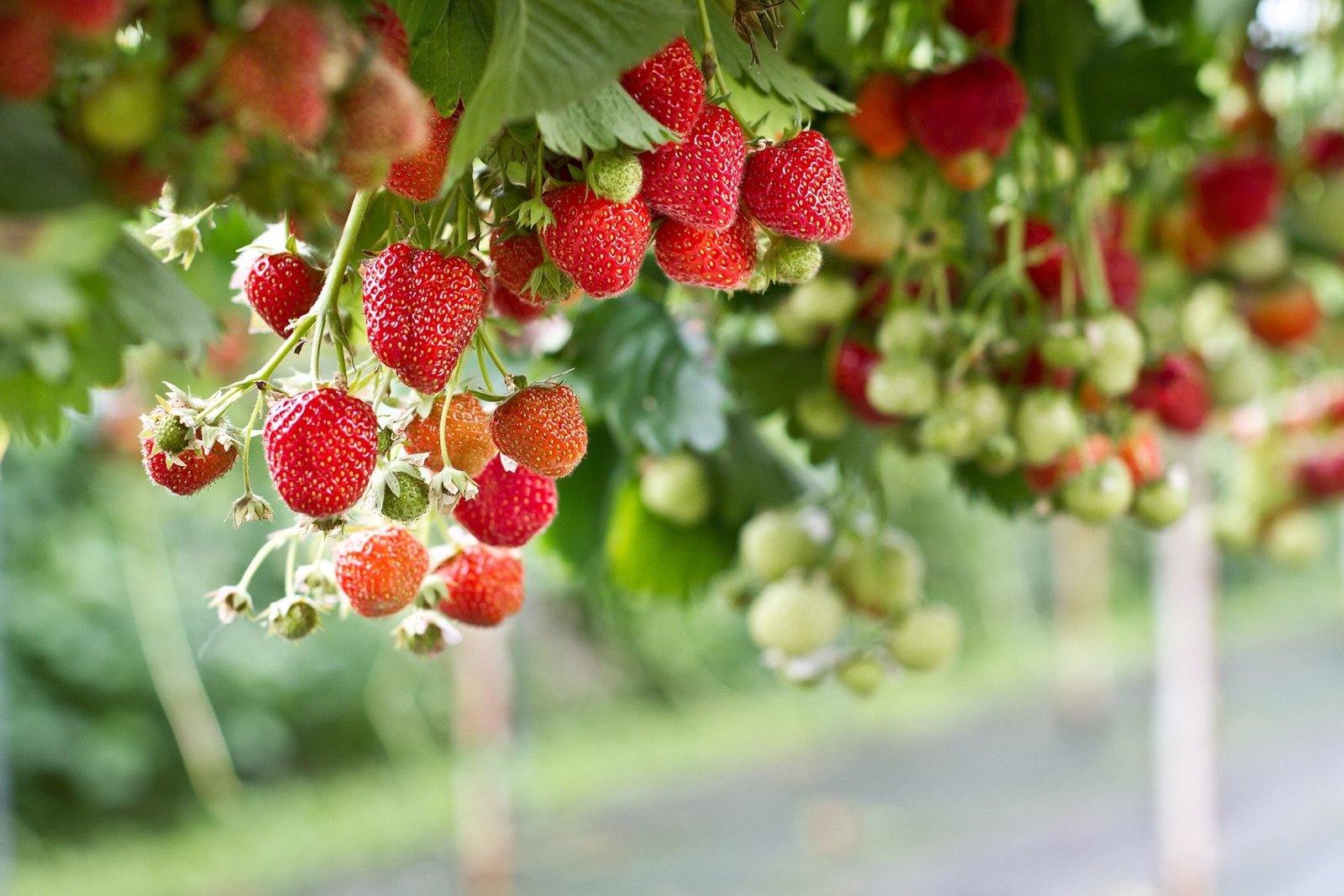Hidden Hunger
A quick scan of the garden and everything looks great. The plants appear healthy and green without any yellowing leaves or visible signs of problems. You breathe a sigh of relief, thinking everything is good, and you’ll be rewarded with a great harvest come late summer or fall. Much to your surprise, when autumn rolls around, the plants don’t have the excellent yield you hoped for, and you’re left wondering what happened.
Sound familiar? If so, chances are the culprit was a lurking phenomenon known as hidden hunger.
What is hidden hunger?
Let’s start by talking about how plants grow and what they need.
Like humans, plants need specific components in their “diet” -- known as plant essential nutrients -- required for a plant’s best growth. The nutrients all have specific roles within the plant; sometimes, the roles are different, sometimes they overlap or work in harmony together. But if any of the nutrients are lacking, your plant(s) will be affected in some capacity.
Plant essential nutrients are classified as either macronutrients or micronutrients depending upon the quantity needed within the plant.
- Macronutrients are needed in higher amounts and divided into primary and secondary categories.
- (Primary) Carbon, hydrogen, oxygen, nitrogen, phosphorus, and potassium.
- (Secondary) Calcium, magnesium, and sulfur.
- Micronutrients are needed in lesser amounts but are still as critical as the macronutrients. A deficiency in one of these micronutrients is as impactful as a nitrogen deficiency.
- Boron, chlorine, copper, iron, manganese, molybdenum, and zinc.
Hidden hunger is the area on a yield curve where a nutrient deficiency is present; however, physical symptoms are not yet visible on the plant, but future yield reductions are already occurring.
What exactly does that mean?
It means plants are getting adequate but not optimal nutrition for growth. They have at least the minimum amount of nutrients required to prevent deficiency symptoms, although it might be just barely. While your plants look healthy, they don’t have the extra resources to put towards their future, lowering yields. It’s like they aren’t contributing to their retirement accounts.
On top of the lowered yield, your plants don’t respond well to environmental or pest pressures when they’re “hangry”. They get sick easily and are more susceptible to diseases and pest attacks, making it even more critical to meet their nutritional needs.
How can you prevent hidden hunger?
Making sure your plants aren’t suffering from hidden hunger is relatively straightforward. It’s also well worth your time to achieve maximum yield at the end of the growing season.
The preventative strategies are interrelated, but they boil down to providing enough nutrients for your plants and making sure the plants are absorbing them efficiently to be used.
- Regularly apply a slow-release fertilizer that contains adequate levels of nitrogen, phosphorus, and potassium (the N-P-K ratio on the label) and also has the macronutrients plants need. Always follow the label directions regarding application rates and timing. Or you can supplement feedings with a natural product such as liquid seaweed fertilizer.
- Make sure your plants are getting enough water. When the nutrients are found in the soil, they must be soluble in the soil solution to make their way into the plant’s roots. If water is lacking in the soil, the plant can’t absorb the nutrients.
- Check the 1. soil pH and adjust it if the soil appears to be too acidic or alkaline. When the soil pH is too far outside of the neutral range, it impacts the 2. availability of nutrients found in the soil, often making them unavailable to plants. Soil pH can be tested using a home pH kit or send a soil sample to a local testing lab for analysis.
Conclusion
Hidden hunger is a sneaky problem in your garden that occurs when nutrient concentrations are high enough to make plants look healthy, but not high enough to deliver optimal yields when it’s time to harvest. It’s often unnoticed by many until it’s too late to fix, but can be prevented by making sure the nutrients are at appropriate soil levels and are available for plant uptake.
- https://nrcca.cals.cornell.edu/nutrient/CA5/CA0539.php

